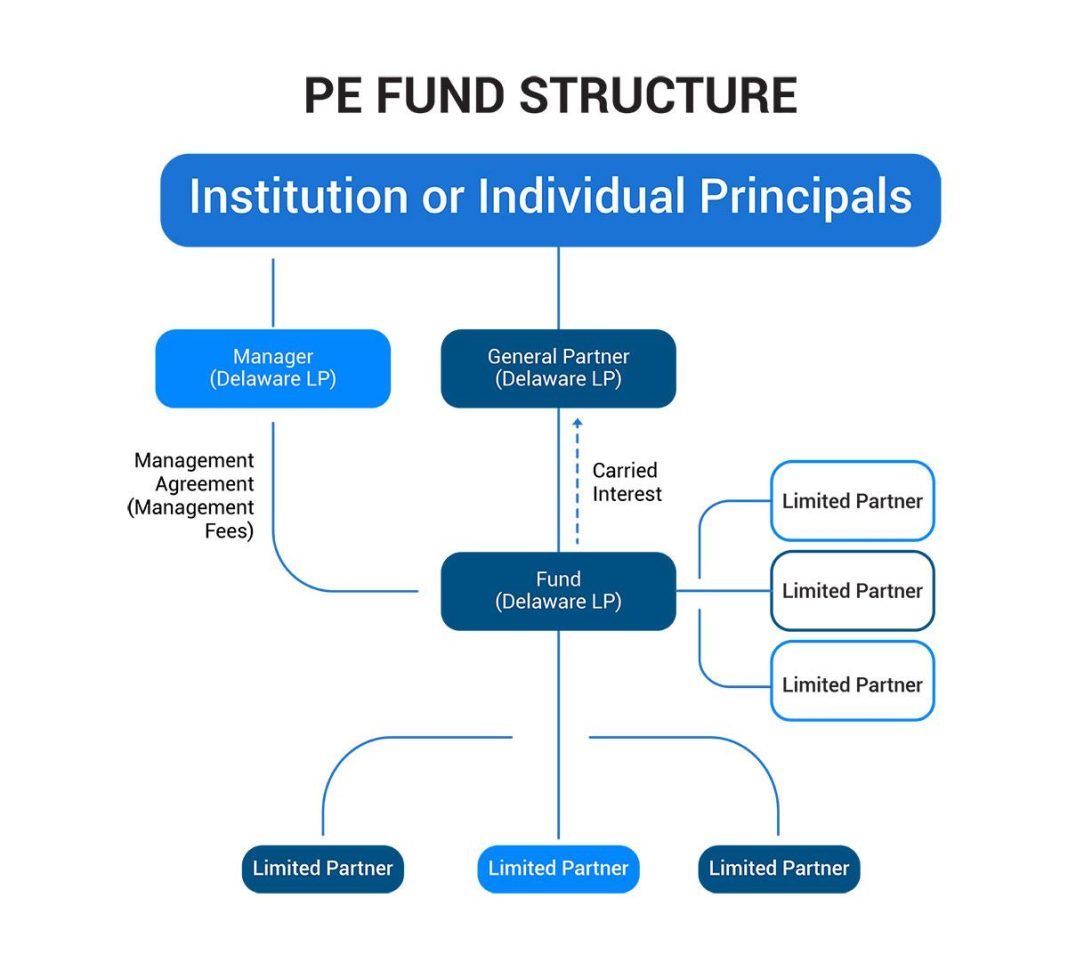In an era where economic fluctuations and market unpredictability are the norm, structuring investments for family wealth growth has never been more critical. As families seek to safeguard and enhance their financial legacies, a strategic and well-informed approach to investment is paramount. This article delves into the intricacies of building a robust investment framework tailored to the unique needs and goals of family wealth management. By analyzing key principles and exploring diverse asset classes, we aim to equip families with the knowledge and tools necessary to navigate the complexities of modern financial landscapes confidently. Whether you are looking to preserve wealth for future generations or actively grow your family’s financial portfolio, understanding how to effectively structure investments is the cornerstone of sustainable financial success.
Building a Diversified Portfolio for Long-Term Stability
Creating a well-rounded investment strategy is essential for ensuring long-term financial security for your family. A diversified portfolio is your shield against market volatility and economic uncertainty. Diversification involves spreading your investments across various asset classes to minimize risk and maximize returns. This can include a mix of:
- Stocks: Offer potential high returns but come with higher risk.
- Bonds: Provide more stability and regular income, balancing stock volatility.
- Real Estate: Offers tangible assets and potential rental income.
- Mutual Funds and ETFs: Provide instant diversification within a single investment.
- Alternative Investments: Such as commodities or cryptocurrencies, add a layer of diversification.
It’s crucial to regularly review and adjust your portfolio to align with your family’s changing financial goals and risk tolerance. By maintaining a balanced mix of investments, you can safeguard your wealth against unforeseen economic shifts, ensuring a stable and prosperous financial future for your family.
Leveraging Tax-Efficient Investment Strategies for Optimal Returns
To maximize family wealth growth, it is essential to explore tax-efficient investment vehicles that can enhance returns while minimizing liabilities. One of the key strategies is utilizing tax-advantaged accounts such as Individual Retirement Accounts (IRAs) and 401(k)s, which offer tax-deferred growth potential. Additionally, Roth IRAs provide tax-free withdrawals in retirement, a compelling option for long-term savings.
- Tax-Loss Harvesting: This strategy involves selling investments at a loss to offset gains elsewhere, reducing taxable income and potentially improving net returns.
- Municipal Bonds: These are attractive for high-net-worth individuals as they often provide tax-free interest income at the federal level, and sometimes at the state level, depending on the bond issuer.
- Asset Location Optimization: Placing income-generating assets in tax-deferred accounts while holding growth-oriented stocks in taxable accounts can maximize after-tax returns.
By thoughtfully structuring investments with these strategies, families can significantly enhance their wealth growth over time, ensuring financial stability and prosperity for future generations.

Implementing Trusts and Estate Planning to Protect Family Assets
In the pursuit of safeguarding and enhancing family wealth, implementing trusts and estate planning plays a pivotal role. By structuring investments through these mechanisms, families can ensure not only the preservation but also the growth of their assets. Trusts offer a versatile tool, allowing for tailored financial management that aligns with specific family goals. They provide benefits such as:
- Asset Protection: Safeguard assets from creditors and legal claims, ensuring long-term financial security.
- Tax Efficiency: Utilize tax advantages to minimize liabilities and maximize returns on investments.
- Succession Planning: Seamlessly transition wealth across generations with reduced probate complications.
Furthermore, estate planning complements this strategy by offering a comprehensive blueprint for asset distribution. It allows families to establish clear directives on how investments should be managed and allocated, ensuring that wealth is not only preserved but continues to grow in alignment with the family’s vision. Engaging professional guidance in these areas ensures that both current and future family members benefit from a well-structured financial legacy.

Utilizing Professional Financial Advice for Informed Decision-Making
Engaging with a professional financial advisor can dramatically enhance your approach to structuring investments, ensuring that your family’s wealth grows in a sustainable and informed manner. These experts bring a wealth of knowledge, allowing you to navigate complex financial landscapes with greater confidence. Their insights can help you understand the nuances of diversification, risk management, and tax-efficient strategies, ensuring that your portfolio aligns with your family’s financial goals and risk tolerance. By leveraging their expertise, you can identify optimal investment opportunities that might otherwise be overlooked, thereby maximizing returns while safeguarding your assets.
When working with a financial advisor, consider the following key strategies:
- Personalized Financial Plans: Tailor your investment strategy to meet your family’s unique needs, considering factors such as age, income, and long-term objectives.
- Regular Portfolio Reviews: Schedule consistent check-ins to assess your portfolio’s performance and make adjustments in response to market changes or shifts in family circumstances.
- Education and Empowerment: Use your advisor as a resource to enhance your financial literacy, empowering you to make informed decisions independently.
By integrating professional advice into your investment strategy, you can foster a more resilient financial future, adapting to changes with agility and foresight.



